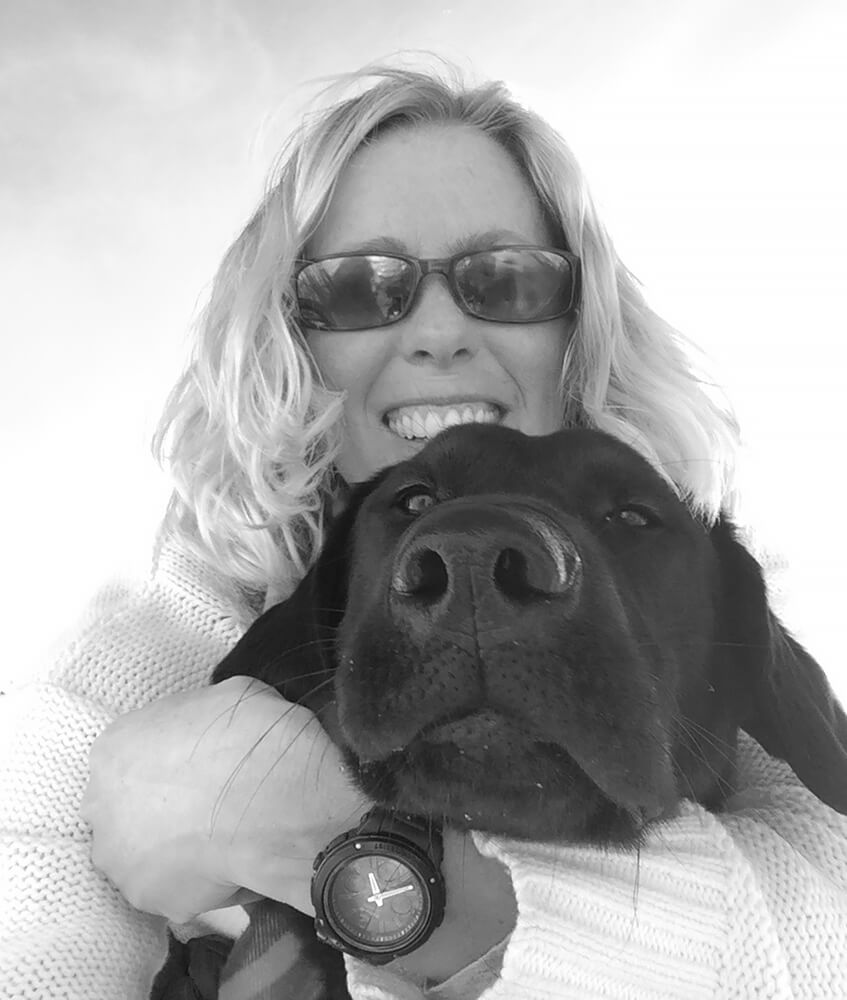Wendel Wirth is an American contemporary fine art photographer. Originally from New York City and Chicago, Wirth lives in the mountains of Ketchum (better known as Sun Valley), Idaho. She in interested in the space between minimalist art and photography, ultimately pushing the viewers attention beyond the subject matter and celebrating the most essential and elemental aspects of the photograph. Wirth is an Idaho Commission on the Arts Fellow and is represented by Gilman Contemporary in Ketchum, Idaho and Dimmitt Contemporary in Houston, TX.
THIS IS THE PLACE
THIS IS THE PLACE is a photographic exploration of minimalist art as found in the landscape of our fading farmland.
Driving highway twenty through central Idaho, the ground stretches for miles, expanding space. The linear landscape feels curated. In the winter months, the muted horizon parades elemental forms; barns and grain elevators, cow houses, cowsheds, granges as they have been called. My mind, in its road trip haze, translates the landscape into fields of Donald Judd's concrete blocks. As a photographer, I flatten the plane, calling to mind Judd's woodblock prints. The structures fade into a cluster of modest rectangles. A perfectly centered horizon line juts from a singular form.
Repetition, as found in minimalist art, is used to draw attention to the subtle details & linear interests. As I peer through my viewfinder, I am not only deeply engaged with form and texture, line, color and atmosphere, I am also contemplating the rate at which our farmland in disappearing. It is urgent for me to capture a place that historically has served as a source of health and ecosystem before it is gone. Through intersecting my obsession of minimalist art, photography and farmland, my intent is to inspire you to visually play in and to conserve this precious land.
THIS IS THE PLACE I am telling you about.
